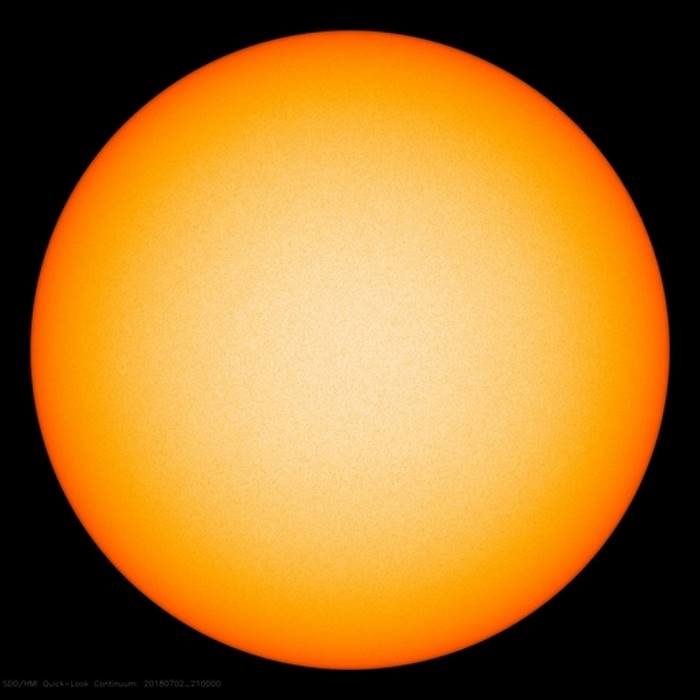"The Belgian department of solar physics research (SIDC) says we are about to touch 100; that is, a hundred days in which we do not see spots on our sun," says Italian meteorologist Dr Carlo Testa.
During a time of few or no sunspots (a solar minimum) the Sun emits less energy than usual, says Dr Testa. "According to some scholars this situation could lead to climatic upheavals."
Suffice it to recall, says Testa, that between 1645 and 1715 the most significant solar minimum of history, the Little Ice Age, occurred, bringing years and years marked by very strict winters that lasted until June.
Now several studies indicate that we're headed into another Great Solar Minimum, says Testa. For some scholars this is only a hypothesis, but we are seeing small signals that support this idea: namely, the most powerful stratospheric-warming ever recorded in mid-February, the very very unstable Spring, and finally this summer that continues to limp along.
In the immediate future Testa expects "a very limp and less hot summer than in past years," and that the coming winter could also be affected by the solar minimum.
"What if the worst is to come?" asks Testa. Source: (in Italian)
The post More than three months without a sunspot appeared first on Ice Age Now.
* Just for clarity, the claim refers to the total number of days in 2018 without a sunspot, not consecutive days. I though it important to counter the original headline at Ice Age Now.
According to NASA Spaceweather.com:
For the 5th day in a row and the 92nd day so far in 2018, the sun is blank -- no sunspots. The featureless solar disk is a sign that Solar Minimum is coming. Indeed, it appears to be approaching even faster than forecasters predicted. How does this affect us? Ironically, weak solar activity boosts cosmic radiation in Earth's atmosphere -- a situation that is expected to worsen in the years ahead.I think we'll survive.
Current Stretch: 5 days
2018 total: 92 days (50%)
During the last solar minimum in 2009, total: 260 days (71%)
Note: About an hour after publication I added an asterisk to the headline and body to make it clear that the headline from Ice Age now is misleading. My purpose was to show they were talking about total days, not consecutive.




Comment: